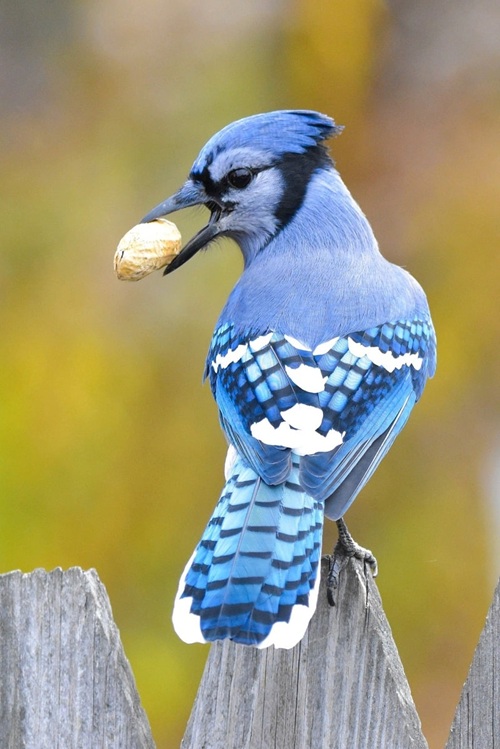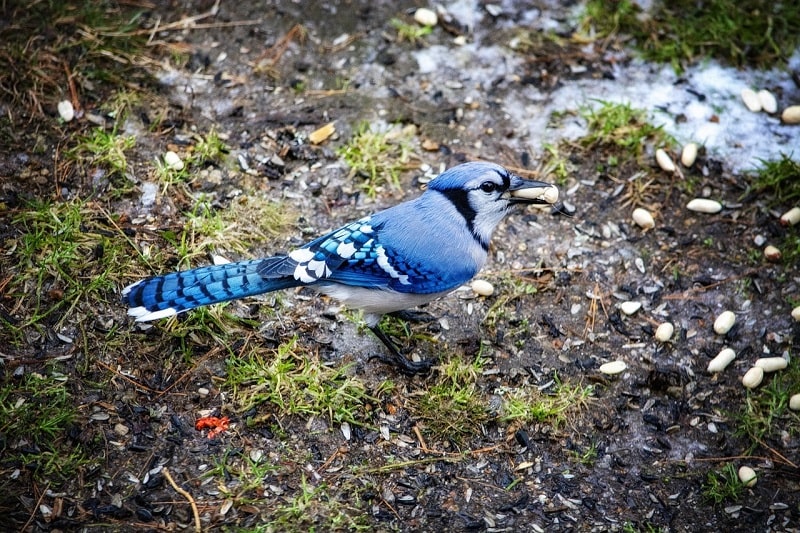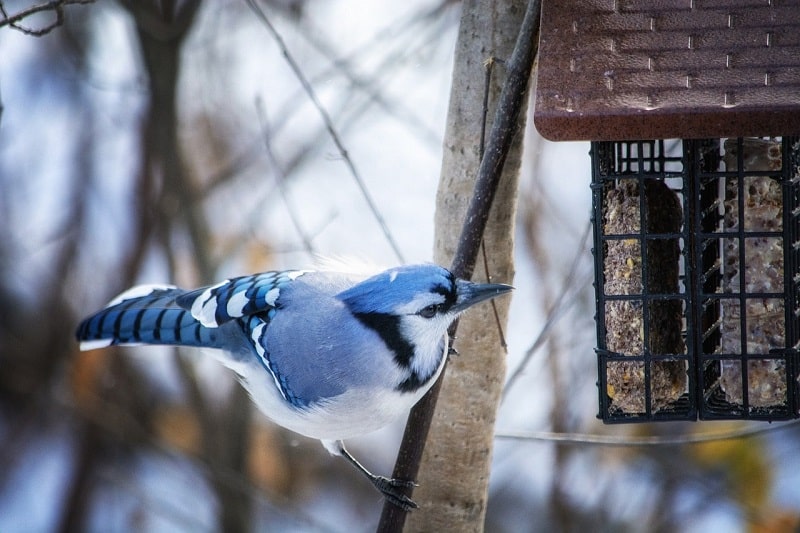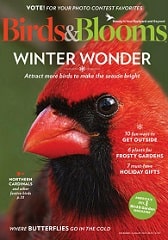Discover the Blue Jays Diet, From Acorns to Peanuts
Blue jays are remarkable birds known for their striking blue plumage and intelligence. They are common throughout North America and are part of the Corvid family which includes Crows.
When it comes to foods. these vibrant birds have a diverse diet that includes acorns, peanuts, and seeds, which provide essential nutrients. But what about other types of food?

Let's explore the dietary habits of these birds and shed some light on how it can change from summer to winter, whether in the context of raising young or simply surviving
Omnivorous Nature
Being opportunistic omnivores, meaning they have a diverse diet that includes both plant and animal matter.
This adaptability allows them to thrive in various habitats, from forests to urban areas.
While their diet may vary depending on the season and availability of food, in both summer and winter they eat nuts, seeds, fruits, insects, and occasionally small vertebrates.
Nutritional Preferences
Nuts and seeds form a significant part of a blue jay's diet.
They have a particular fondness for acorns, beech nuts, and sunflower seeds.
Acorns: Acorns are a staple in the diet, especially during the fall.
They're known to cache acorns for the winter, helping them survive when food becomes scarce.
Sunflower Seeds: These are a Jay's all-time favorite and for that matter, most seed eating birds.
Peanuts: Blue jays also relish peanuts, either in shell or unshelled form.

I strongly suggest you offer peanuts in the shell unless you like being broke. They'll eat or cache all you offer.
These high-energy foods provide the necessary nutrients for their active lifestyle.
Knowing that these birds will cache food to sustain themselves during harsh winters when food is scarce, I intentionally put out a limited amount each day.
However, I make sure there is plenty of sunflower seed to keep them well fed. The peanuts are a treat in the mornings.
Fruits and Berries
Blue jays play a crucial role in seed dispersal, making them valuable contributors to forest regeneration.
They consume a variety of fruits and berries, including wild grapes, cherries, blackberries, and elderberries.
As they feed on these fruits, blue jays inadvertently scatter seeds throughout their habitat, aiding in the growth and diversity of plant species.
Just so you know, fruit isn't a first choice for Blue jays but you can try offering chopped apples on a tray feeder.
Insectivorous Behavior
Insects are an essential part of their diet, especially during the breeding season when they require a protein-rich diet for their young.
The types of insects they'll eat include beetles, grasshoppers, caterpillars, and spiders.
They are skilled hunters, using their sharp beaks to catch and consume their prey. I love having them around the garden.
Opportunistic Predators
While primarily feeding on plant matter and insects, they are also opportunistic predators.
Bird Eggs: like many other bird, Jays are notorious for raiding the nests of other birds to steal eggs.
This behavior is more prevalent during the breeding season and when food sources are scarce.
Nestlings: Unfortunately, blue jays also eat the young of other birds if given the chance.
This behavior is controversial and not always appreciated by many birders.
Small Rodents: On rare occasions they may catch small rodents, such as mice, voles, or shrews.
They occasionally prey on small vertebrates such as frogs and lizards.
Your Feeders in Winter
As you probably know, Blue jays are known to visit bird feeders, especially during winter months when natural food sources are limited.
Providing a variety of seeds, nuts, and suet you can attract these beautiful birds to your backyard. They readily come to an open tray feeder.

However, it is important to note that blue jays may become aggressive towards other bird species at feeders, so it is advisable to have multiple feeders to reduce competition.
One of the things nice things about offering peanuts in the shell is that smaller birds have little interest in them but the blue jays love them.
Recap
Jays have a diverse diet. Their food preferences include nuts, seeds, fruits, insects, and occasionally small vertebrates.
By consuming a wide range of foods, they contribute to seed dispersal and play a vital role in maintaining the balance of ecosystems.
Understanding what they eat allows us to create environments that support their well-being, and our joy of watching them. Happy Birding!



